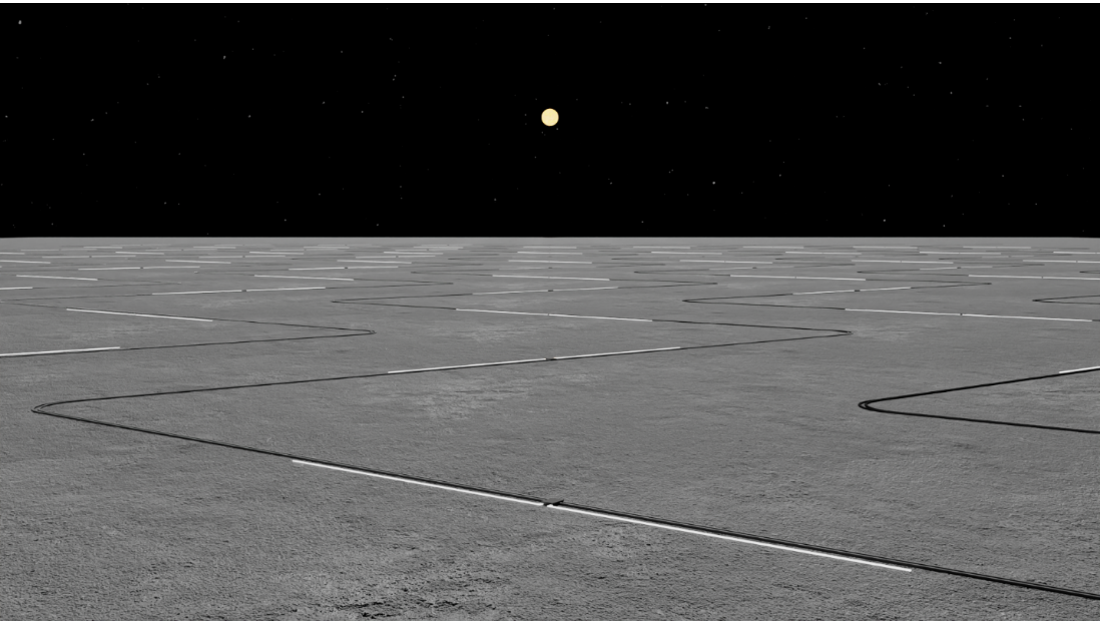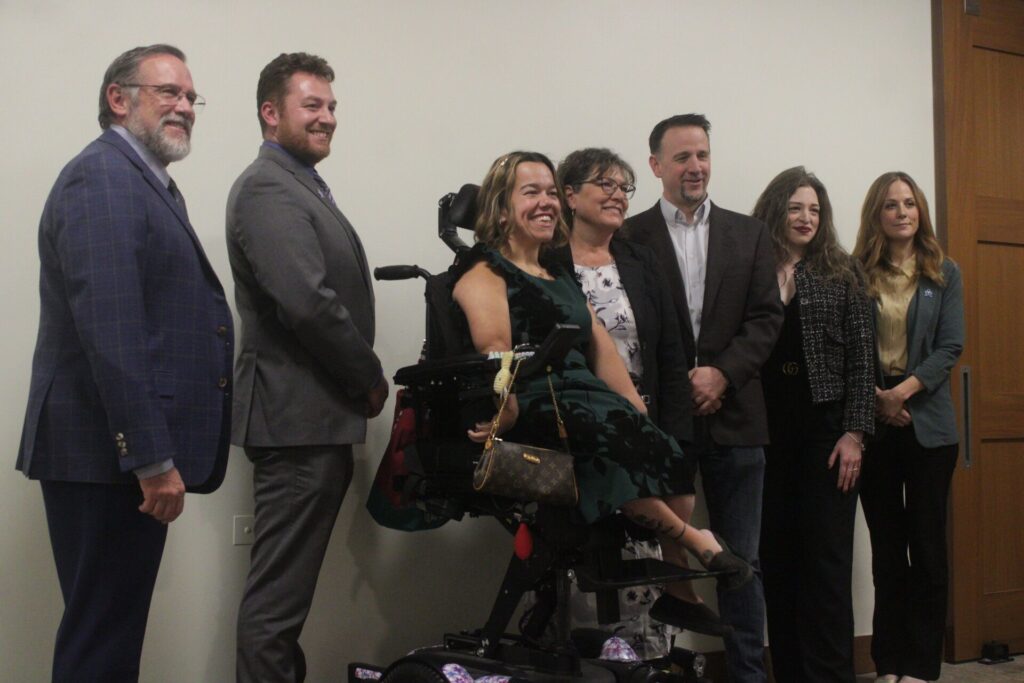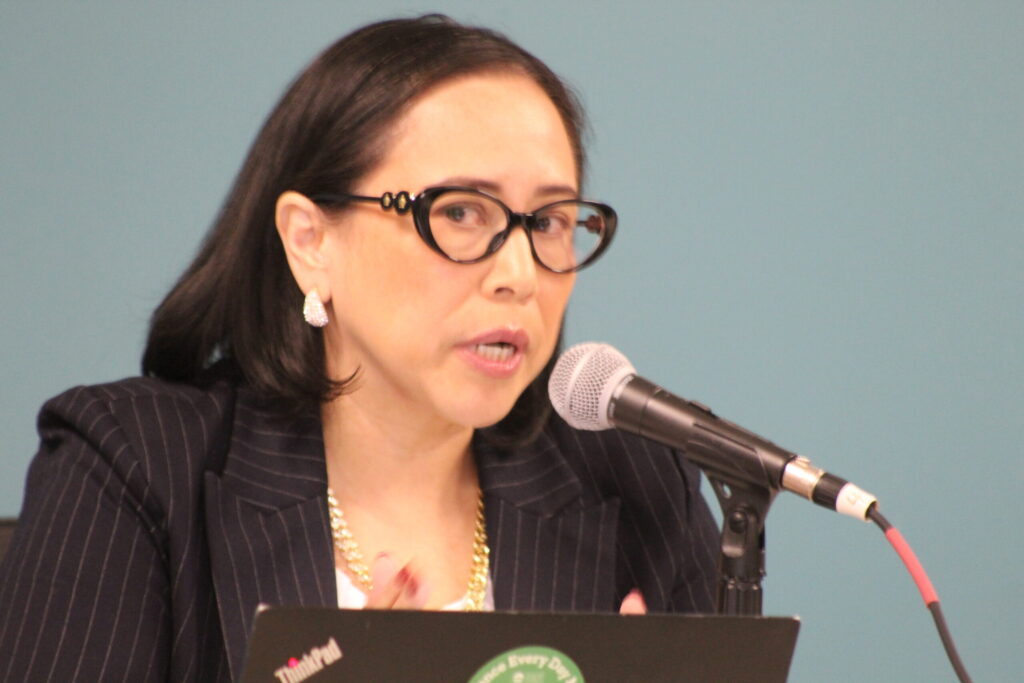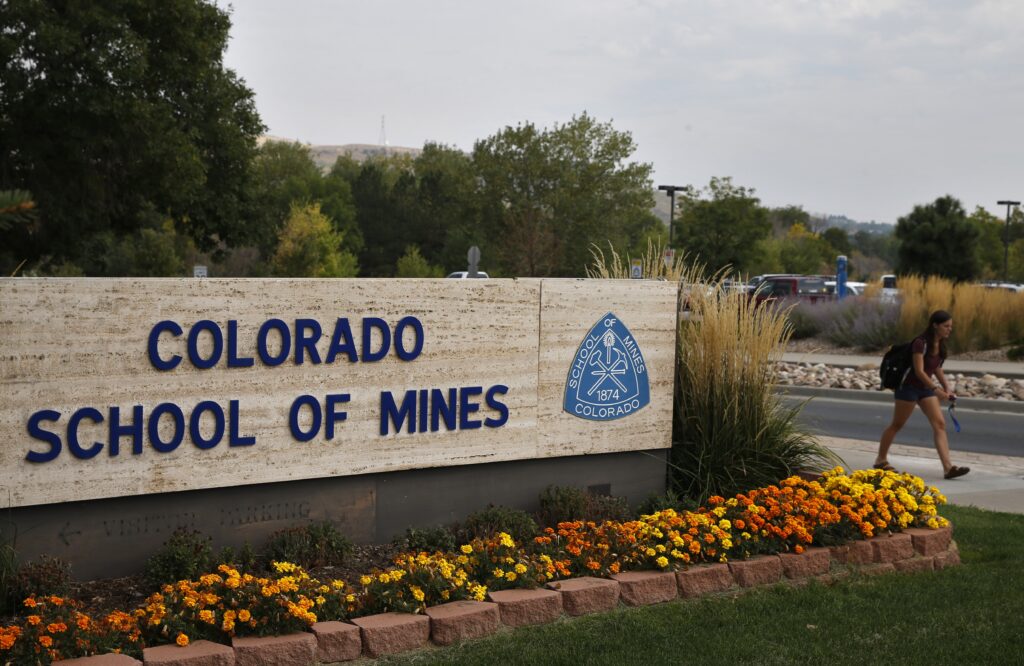Observatory on far side of Earth’s moon could spy universe’s ‘Dark Ages’

Courtesy, Lunar Resources
Engineers and robots from Earth could begin construction on FarView, an astronomical observatory that would expand over 200 square kilometers (77 square miles) of the moon’s surface as early as 2030, according to a University of Colorado Boulder news release Tuesday.
The observatory would be almost entirely built using materials mined from the moon.
NASA’s Innovative Advanced Concepts (NIAC) program awarded Houston-based Lunar Resources a study contract for a design of FarView, a lunar far side radio observatory, in April. The proposed observatory includes more than 100,000 dipole antennas and would become the most powerful telescope ever built for studying low-frequency radio waves.
Such radiation could provide astrophysicists with an unprecedented glimpse into the universe’s “Dark Ages,” an epoch in the cosmos’ history before the first stars formed, according to CU officials.
The FarView team includes Jack Burns, a professor in the Department of Astrophysical and Planetary Sciences at CU Boulder.

Professor Jack Burns from the University of Colorado Boulder is taking part in a moon observatory build called FarView, an observatory to be built on Earth’s moon.
“For the first time, we could investigate the unexplored Dark Ages of the early universe, a time before and during the formation of the very first stars and galaxies,” Burns said.
He explained that the observatory would be able to conduct scientific research impossible from Earth.
The study will be led by Ronald S. Polidan, Director of Programs at Lunar Resources.
“Successfully developing and building FarView would open a dramatic new era for both exploring the universe and for utilization of the moon for the benefit of humankind,” Polidan said. “The scale, scope and sensitivity of this radio array is orders of magnitude greater than other space-based concepts and could enable major breakthroughs in understanding of the origins of our universe and a wide range of other science disciplines.”
The importance of building the observatory on the far side of the moon is because it is shielded from natural and human-made radiation from Earth, which can interfere with observations of space.
- FarView would be sensitive enough to detect a single cell phone on the surface of Pluto.
- It could reveal new clues to some of the biggest questions in the history of the universe, including the origins of dark matter and dark energy.
- The observatory could also examine activity on the sun’s surface and measure the magnetic fields that may shield life on habitable exoplanets in our solar neighborhood.
Lunar Resources plans to build the observatory in-situ manufactured on the surface of the moon, according to the news release, with engineers working in tandem with robots to extract the vast majority of the observatory’s mass from the lunar surface, including its power structure.
Scientists from Brown University, SRI International, Lockheed Martin, the California Institute of Technology and NASA’s Jet Propulsion Laboratory are also taking part.

















